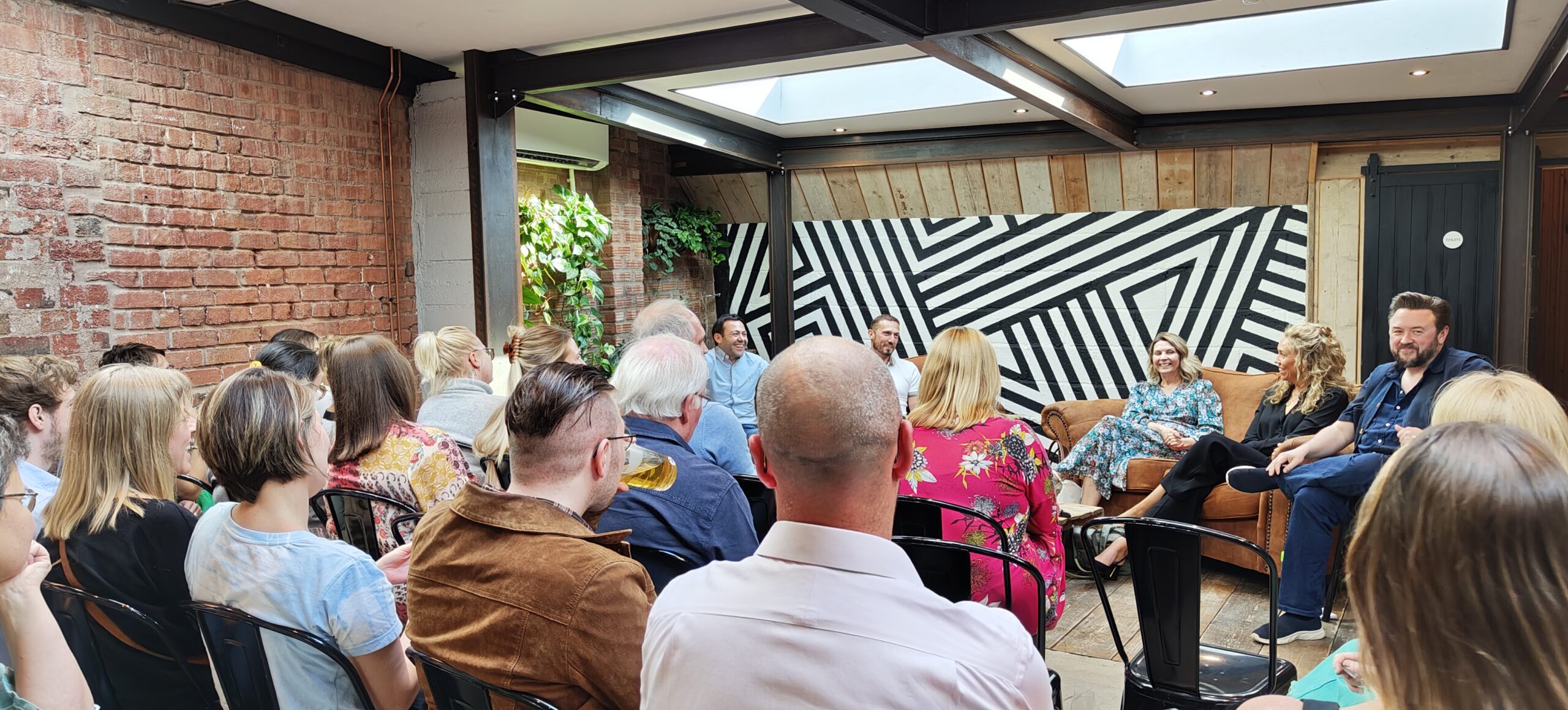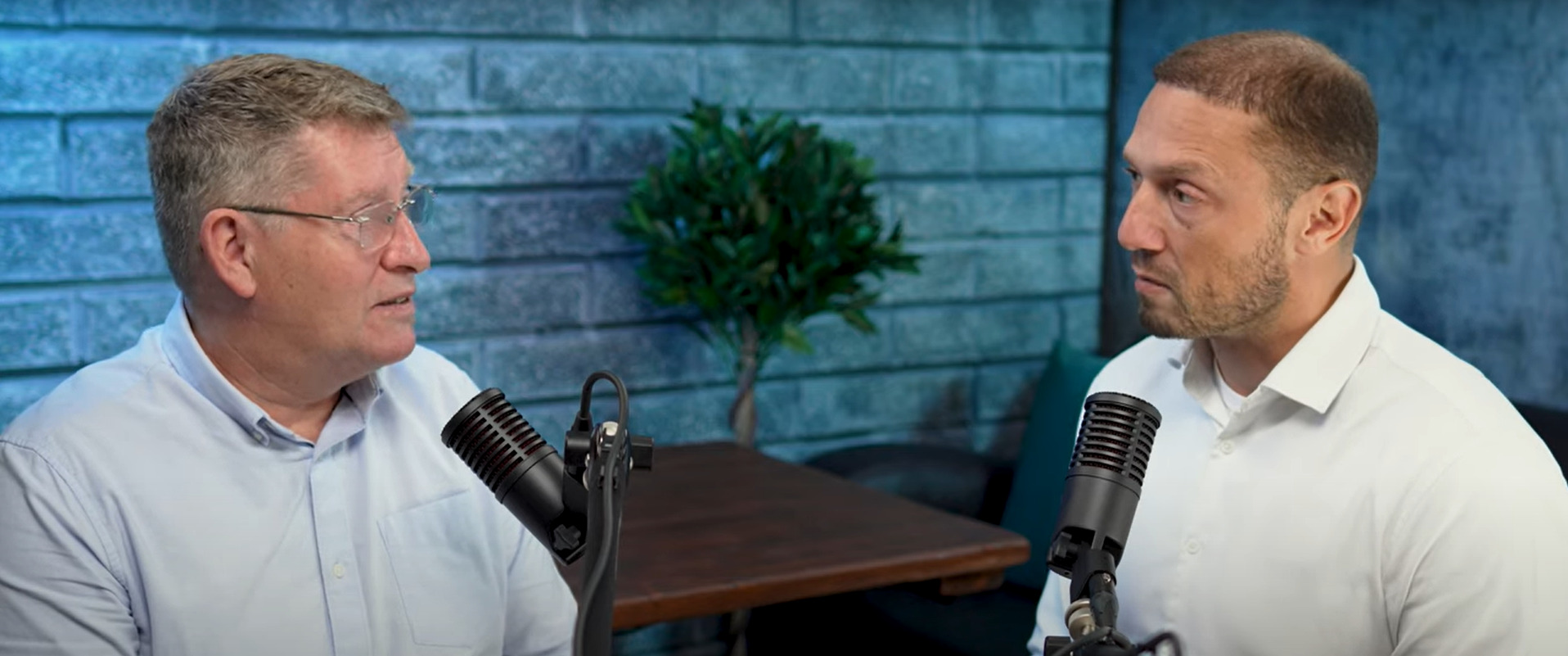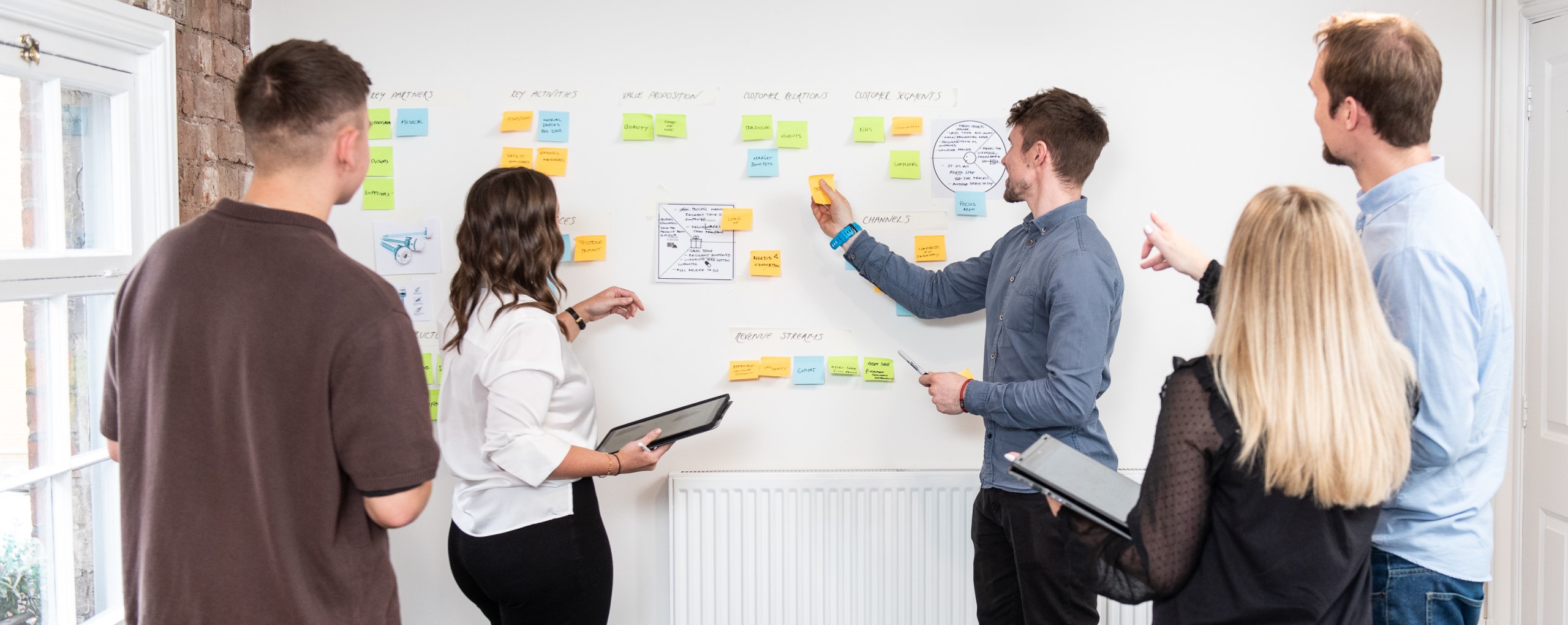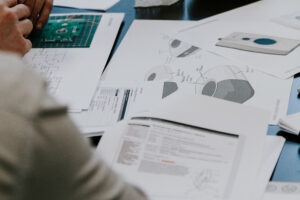The idea
Kristo: “Standing out in the marketplace is critical. Consumers are demanding that almost everything they use, and especially everything they are prepared to spend disposable income on, shows at least an element of design.”
Neil: “Consequently, there is pressure on companies to be innovative and ahead of the curve. I firmly believe that IP is the core way to protect that investment and maintain that lead. If we consider the market innovators and leaders, we see a cohesive approach to design and IP based around a solid design process.”
Kristo: “But it’s important to realise that even market leaders don’t release industry defining innovations every year. Instead they are constantly developing improvements to existing products, while at the same time seeking out the next big innovation.
Today, few companies have the luxury of a large design and IP budget. But there are best practice lessons to be learnt.”
Neil: “Exactly! Whether the idea is the next big leap forward or an incremental improvement, its chance of initial and continued commercial success can be improved with the right commercialisation strategy.”
Feasibility
Kristo: “We’d advise completing a concept feasibility study. Especially for ideas containing technology where functionality needs to be tested, or further analysis is required. Completing this stage greatly helps to establish an understanding of whether the product is feasible before committing to further design work.”
Neil: “There are also IP considerations at this stage. If an idea has already been patented by a competitor then it’s ideal to know this early on. An initial IP novelty or collection search, budget permitting, can tell us this. The key applicant in the field can also be identified along with their focus.”
Concept development
Kristo: “In the concept development stage we examine and analyse an idea, conduct brief market research and develop the idea to its full potential. Sketches and hand renders are produced to discuss and refine appearance and function. But also so that appropriate and cost effective manufacturing methods can be decided.”
Neil: “It’s at this stage that the IP side begins to gather speed. Concepts will also have an IP risk and an IP potential to consider. A concept may score highly on cost or use-ability, but may be blocked by a competitor’s patent. This renders it impotent unless we can design around the patent or obtain a licence. Conversely, a concept that scores high on use-ability, but is costly, may be preferred if it doesn’t infringe competitor IP and has the potential of being protected by its own IP. This allows the marketplace position to be secured and protected.”
Intellectual property
Neil: “Once the technical features of the design begin to crystallise one or more patent applications should be filed to protect the invention or inventions. Depending on the idea and the budget, one single application covering the product as a whole may be filed. We can utilise all the preferred and discarded design concepts as optional or fallback positions. First and foremost this seeks to protect the commercial product to stop copycats.”
Kristo: “This builds on the work done by the design team in creating the concepts. We pass the technical details and drawings to Neil, who then drafts and files the patent.”
Neil: “But it’s a two-way street. Having the designer and patent attorney working in tandem ensures that key features are described properly and that all functionality of the concepts, in fact all of the concepts, are covered.
With a larger budget, targeted patents can be filed on specific functionality and design features to block competitor development and generate a patent thicket around the core, preferred design. By patenting discarded concepts in addition to the commercial product, competitors are left with nowhere to go.”
Kristo: “This is where the design team helps. By critically analysing both the concepts and the drafted patent we can put ourselves in the competitor’s position. We’d specifically be asking: “how would I design-around this patent application?”. Working together, Neil and I can then work to patch any weaknesses to strengthen the IP and secure the client’s position in the marketplace.”
CAD for prototype
Kristo: “This stage can involve a lot of problem solving, further research and investigating into how to make something work or manufacture it efficiently. 3D print parts of the design in-house enable us to fine-tune and test solutions. Realistic renders of the product created from the CAD model visualises the proposed end result, which is useful when trying to secure investors or resellers.”
Prototyping and testing
Kristo: “Producing a prototype helps prove the principle and analyse functionality further, giving indications and reassurance that a product will perform as expected or highlight any potential pitfalls. Further adjustments are often required, but can be rectified before any production commitments.”
Neil: “With the core patent (or patents) filed, the next IP focus is on monitoring competitors, patenting any innovative solutions developed during prototyping, and keeping knowledge of the product. Novel construction or production techniques may also be worthy of a patent application. This ongoing communication is key to ensure that the final product is properly covered by the patent filings.”
CAD for production
Kristo: “The existing CAD data is updated along with relevant details which has been added to develop a suitable design for manufacture. Engineering drawings and specifications are produced, as well as a bill of materials, works instructions, assembly instructions, quality check sheets, and anything else required for product documentation. A final issue controlled version of the CAD is supplied to the client which facilitates tooling and production set-up.”
Neil: “With the design crystallised, registered designs, which protect the look of the final product can now be filed. The patent will still be unpublished, so one option is to defer publication of the designs. This maximises the impact of the product launch and ensures all of the first mover advantage timing can be seized. Market leaders excel at this. Patents and designs for new products are timed to be published after the design has been unveiled to the world.”
Marketing and branding
Kristo: “Understanding the ethos of the business and the target market allows the development of brand guidelines and a marketing strategy. Graphics and videos can be produced to support the promotion of the product, and assist with developing a social media presence.”
Neil: “The final piece of the IP jigsaw is trade marks. These protect the brand and prevent competitors from riding on the coattails of the innovator’s success. Similarly, it’s critical to ensure that the brand doesn’t infringe someone else’s trade mark. Pre-filing clearance searches, domain-name registration and securing the right marks are crucial.”
Packaging design
Kristo: “Now’s the time to investigate packaging material options, construction methods, and apply branding and graphics to the chosen option.”
Neil: “Innovative or distinctive packaging may also be worth protecting with a patent or registered design right. Patent and design marking can also be considered for inclusion in the packaging. This is a requirement for recovering damages in some jurisdictions, and highly recommended in others.”
Manufacturing support
Kristo: “And finally the product enters the production process.”
Neil: “By now all the patents and designs should be safely filed. However any improvement or new developments should be captured and ownership established. Ensuring a strong NDA can help here. This reduces the risk and impact of product leaks alerting competitors or disclosing improvements.”
Launch
Kristo: “Now it’s the time to enjoy the product launch and wait for the market response.”
Neil: “Or start working on the next product!”
Contact us to book your discovery meeting with Kristo and Neil to discuss taking your product concept to launch.





